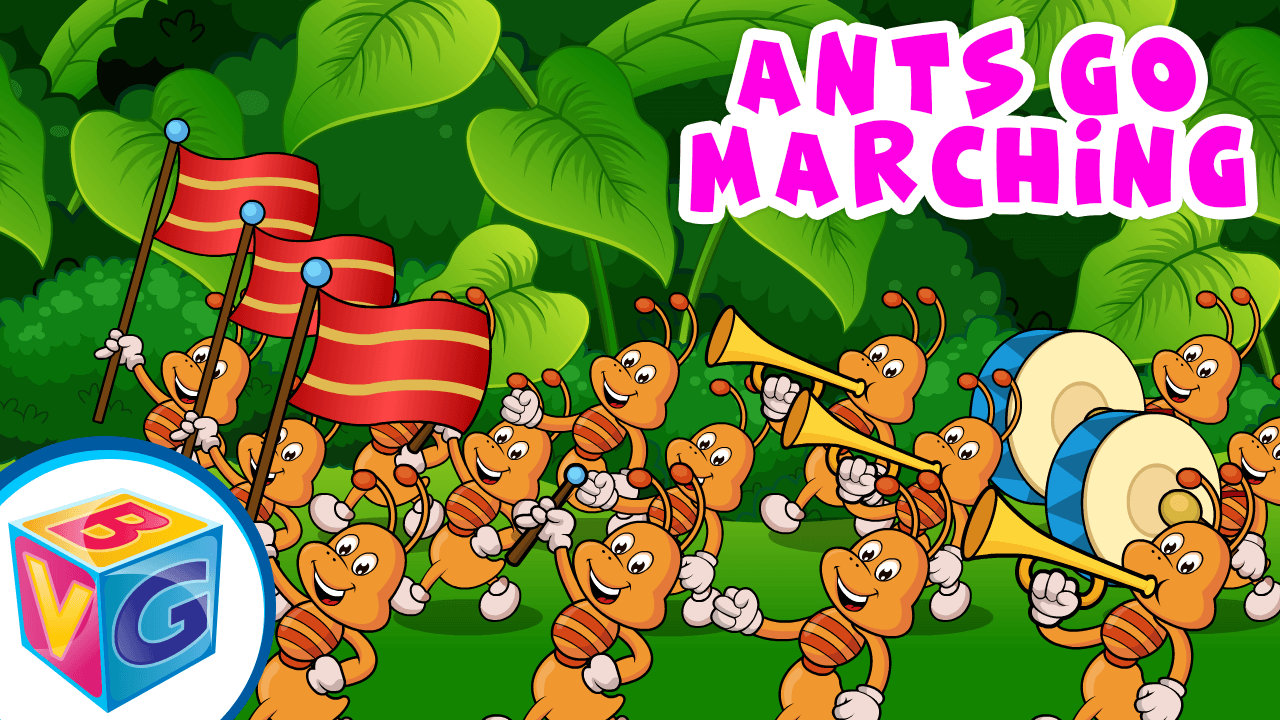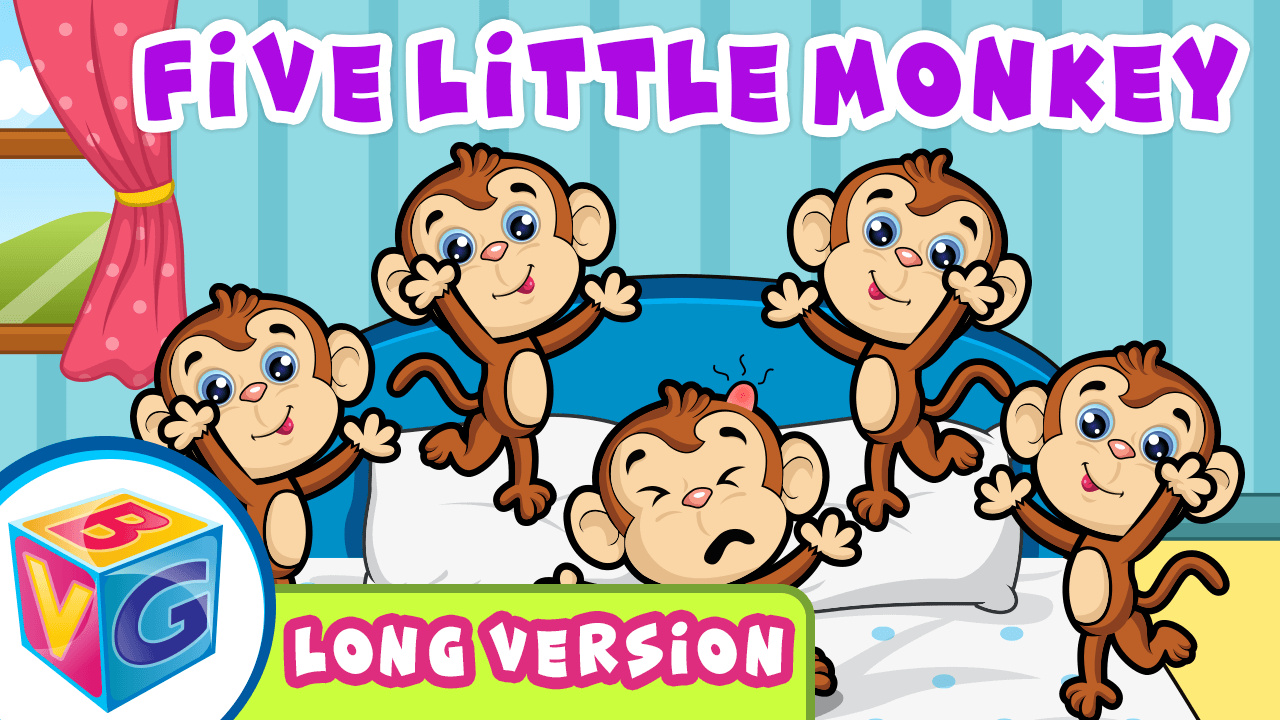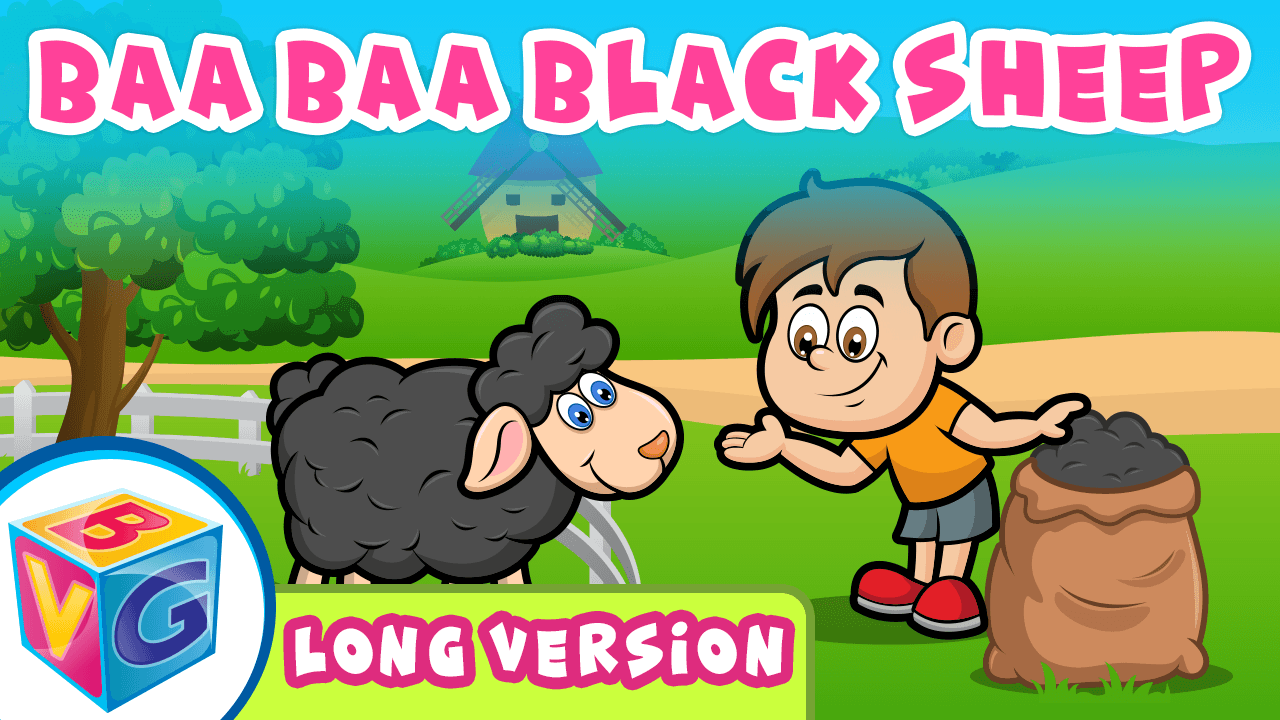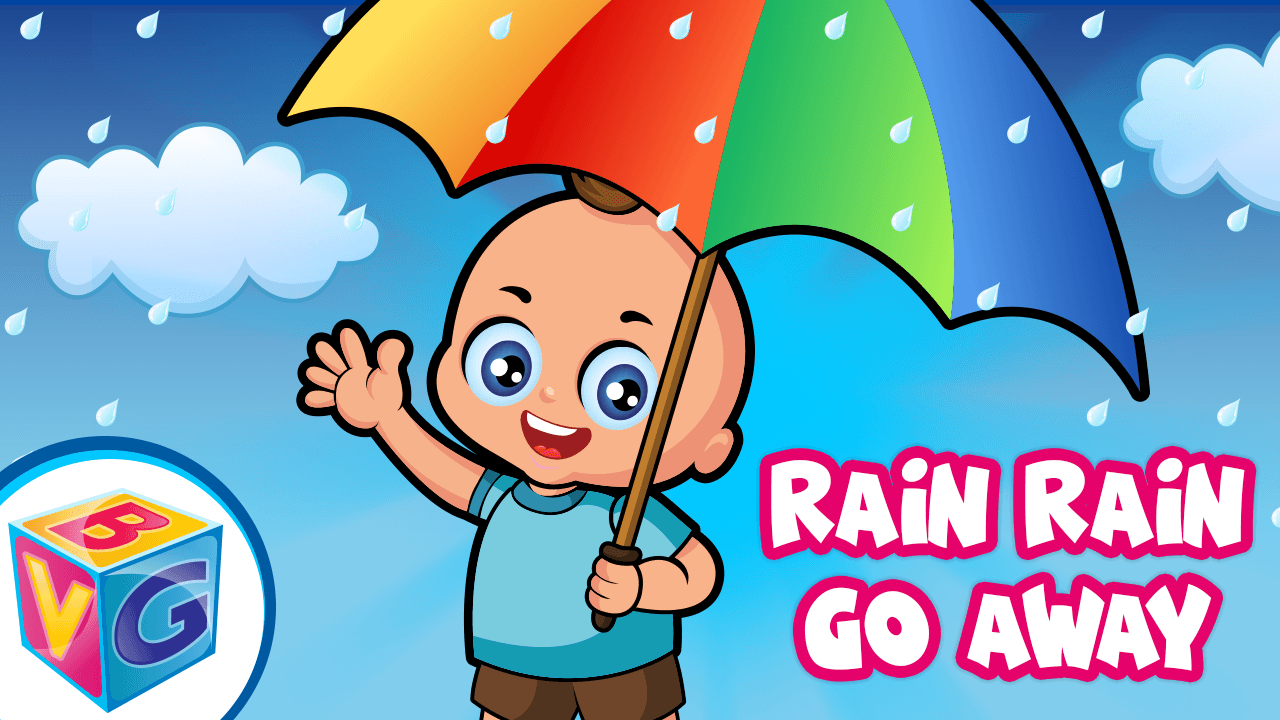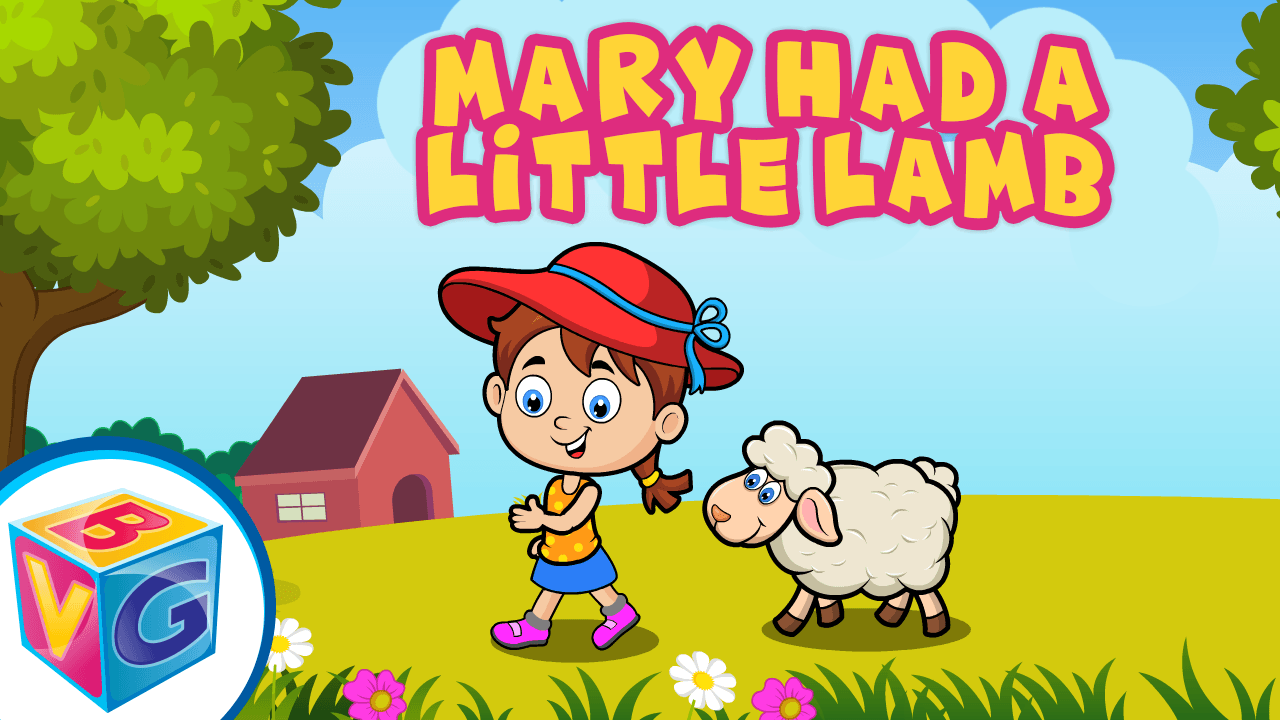Ding Dong Bell
Lyrics
Ding Dong Bell
Ding, dong, bell,
Pussy’s in the well.
Who put her in?
Little Johnny Thin.
Who pulled her out?
Little Tommy Stout.
What a naughty boy was that,
To drown a pussy cat?
simple rhymes.
After having fun singing with your child and, most likely, having a conversation about how we don’t
drown cats, this song provides an excellent opportunity to play with rhymes. As rhymes are one of
the best ways to develop children’s ability to distinguish the small sounds that make up words – an
essential skills for learning how to read – we want to practice with rhymes as often as possible!
To get started, sing the song at least one time through. On the next time through, stop every couple
of lines to highlight the words that rhyme. In this song they are, of course, bell/well, in/Thin,
out/Stout, and that/cat. Talk about how the words sound the same at the end and see if you can
think of even more rhyming words. For example, bell/well… tell? smell? yell? The concept might not
be sinking in at this point, so it’s time to move on to some games for practice!
You’ll probably need to plan this ahead of time, but try to find some objects or pictures of objects
around the house that rhyme with each other. For example, get a spoon and a picture of a moon, or a
chair and some hair, or a bug and a mug, or a sock and a lock. With your child, go over the names of
all the objects, then put them all together in a pile and see if they can pick out the things that are
rhyming matches.
The purpose of getting kids proficient at identifying rhymes is to help them hear the small
differences in words which will help them learn how to read. If they know “dog” and “log” are almost
the same except for the first sound, then when they eventually learn the letters and the sounds they
correspond to, reading will be easier. For example, if they already learned how to spell “dog” and
someone asks them to read “log”, they can sound out the “l” sound, but the rest is easy because it’s
just like “dog”, which they can already spell, and ⅔ of the word was a cinch!
Next, try this rhyming version of the game “I Spy”. To start, choose a set of pictures, or the room
you’re in, or a set of objects on the table. Then try to get your child to find a rhyming word. You’ll say,
for example, “I spy something that rhymes with ‘men’,” and hopefully your child will pick up the ‘pen’!
Or “I spy something that rhymes with ‘sandy,” and hopefully your child will pick up the picture of
‘candy’.
Or better yet since rhyming is all about the sounds, you don’t have to use real words to gain the
early-reading skills benefits. Try using made-up words which makes things silly and fun (and
honestly, is easier for you because you don’t have to think up real rhymes for each word). For
example, “I spy something the rhymes with schmaper,” which, of course, will lead your child to the
‘paper’. Or say, “blarpet” to rhyme with “carpet” or “lindow” to rhyme with “window”.
If your child struggles with any of these activities, give them little clues or just try another word. Keep
it upbeat, and you will undoubtedly have a silly, learning-filled afternoon of blun and plaughter .
See the YouTube version of Ding Dong Bell.

